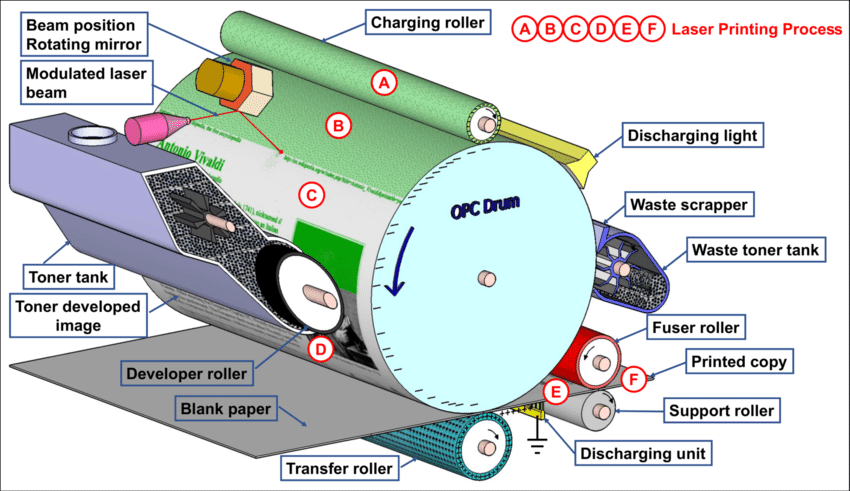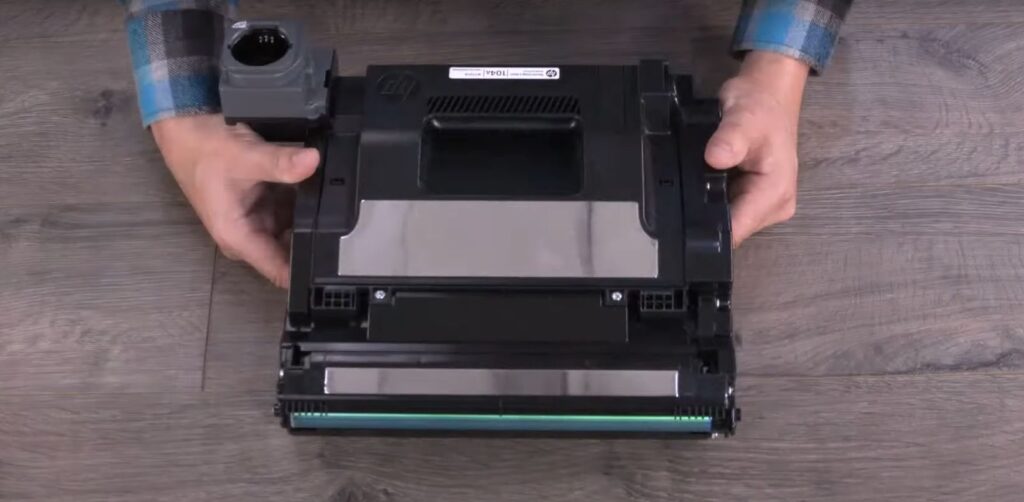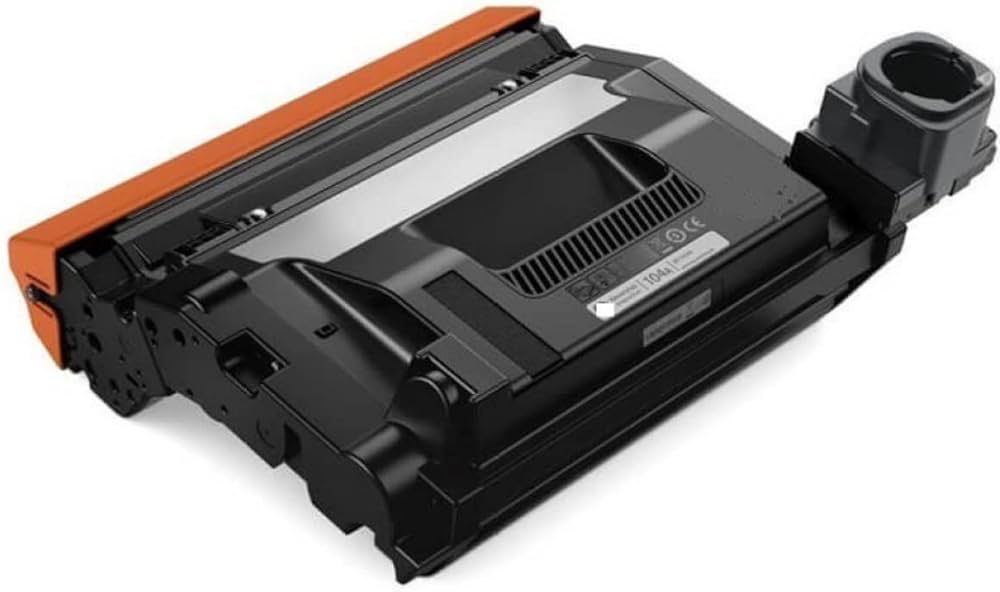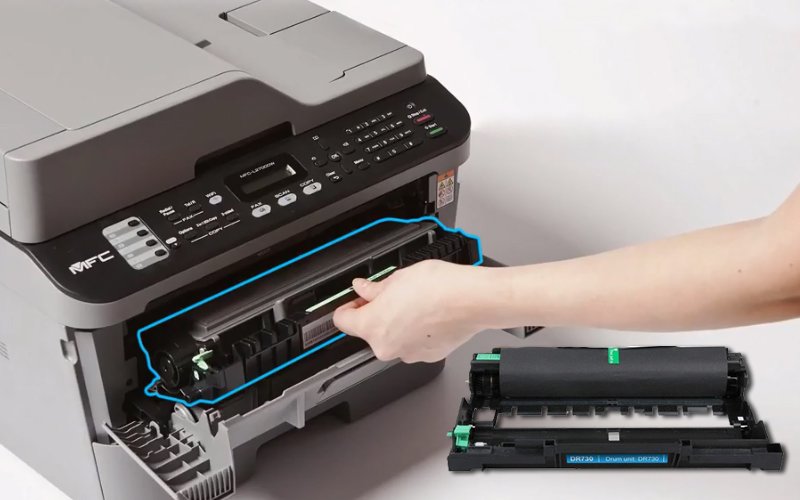Remember the days when printers were behemoths that churned out documents with a steady rhythmic beat? Drum printers, with their distinctive mechanical sounds and robust reliability, were once the unsung heroes of the printing world. In this era of sleek and quiet laser printers and high-speed inkjets, let’s take a moment to revisit the drum printer, a technology that played a significant role in the history of printing.
The Humble Beginnings
Drum printers emerged during the mid-20th century, at a time when computer technology was in its infancy. They were the predecessors of the dot matrix and line printers that later became popular. The principle behind drum printers was simple but effective: a rotating drum with characters on its surface would strike a ribbon of paper to create printed text and images. It might not have been as sophisticated as modern printers, but it got the job done.

The Anatomy of a Drum Printer
Before we dive deeper into the history and legacy of drum printers, let’s explore how they worked. A typical drum printer had the following components:
- Drum: The heart of the printer, the drum was a cylindrical surface covered with raised characters. It rotated horizontally during printing.
- Ribbon: The ribbon was a continuous loop of fabric or mylar, soaked in ink. It ran between the paper and the drum.
- Paper Feed: A mechanism fed the paper into the printer, precisely positioning it to receive the printed characters.
- Hammers: Small hammers or solenoids would strike the paper against the characters on the drum, transferring ink and creating the printed text.
- Line Spacing: A mechanism controlled the line spacing and ensured uniform character placement on the paper.
The Rhythmic Symphony of Printing
One of the most distinctive features of drum printers was their rhythmic symphony during operation. Each character was struck with precision, producing a unique percussion-like sound. As the drum rotated, it created a mechanical beat that echoed through offices, reminding everyone that work was getting done.
The characteristic sound of drum printers became a part of the working environment, much like the clacking of typewriters in earlier times. It was a constant reminder of productivity, and for those who remember, it’s a nostalgic sound that transports them back in time.

A Versatile Workhorse
Drum printers were known for their reliability and versatility. They could produce both text and graphics, making them suitable for various applications, from business reports to basic graphics printing. Though not as high-resolution as modern printers, they were more than capable of handling the printing needs of their time.
The Rise and Fall
In the 1960s and 1970s, drum printers were widely used in businesses and data centers, and they continued to be popular through the 1980s. However, they started to decline in the 1990s as newer and faster printing technologies, such as laser printers and inkjets, took center stage. The once-beloved drum printers became relics of the past.
Nostalgia Meets Efficiency
Drum printers may have faded into obscurity, but they’re far from forgotten. In fact, there’s a growing community of enthusiasts who appreciate the simplicity and charm of these vintage machines. Some collectors have even restored and maintained drum printers, keeping the memory of this classic technology alive.
What makes drum printers particularly intriguing is their juxtaposition to modern printing technology. While modern printers are efficient and quiet, drum printers offer a unique blend of nostalgia and mechanical elegance. There’s something satisfying about watching the drum rotate and characters striking the page.

Modern Printing Technologies
As we look back at the charm of drum printers, it’s essential to acknowledge how far we’ve come in the world of printing technology. Today, we have printers that can produce high-quality images and text with incredible speed and precision. Laser printers, inkjet printers, and even 3D printers have revolutionized the way we print and create.
Modern printers offer wireless connectivity, mobile printing, and the ability to produce color documents with astounding accuracy. The printing experience has evolved to be user-friendly, versatile, and eco-friendly.

The Legacy Lives On
The legacy of drum printers lives on, not just in the minds of enthusiasts but also in the technology they inspired. The basic idea of a rotating drum and hammers striking paper laid the foundation for various printing technologies that followed. Understanding the history of drum printers is not only a journey through time but also a glimpse into the evolution of printing.

Conclusion
In the age of high-speed, whisper-quiet printers, it’s fascinating to revisit the drum printer, a blast from the past in modern printing. These mechanical marvels may have faded into the annals of history, but their impact on the world of printing remains significant. The rhythmic symphony of a drum printer in action, the reliability they offered, and the nostalgia they evoke make them a subject worth exploring.
So, the next time you press “print” on your sleek, modern printer, take a moment to appreciate the technology that came before. Drum printers may be a thing of the past, but their influence on the world of printing is undeniable, and their memory lives on in the hearts of those who remember them fondly.

